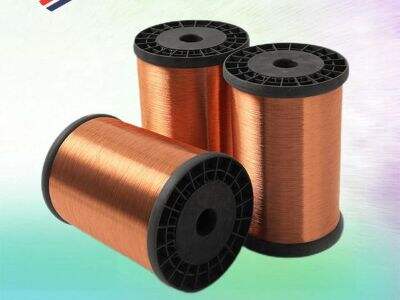About Copper Wire Choices
When you are working on an electrical project, choosing the right copper wire is essential. One of the most popular wires used for electricity is copper wire, as it conducts electricity well and has a long service life. But not all copper wire is born alike. To select the right one for your project, there are a couple of things you should understand.
Things to Consider When Choosing Copper Wire
Gauge: The gauge of a copper wire is what illustrates how thick it is. Thicker flat enameled copper wire has a lower gauge number. Thicker wires carry more electricity, and are better for longer distances. You can use there are 12 gauge or 14 gauge copper wire for most home projects.
Insulation:
A copper wire is always covered with insulation. This shields the wire from harm and aids in prevent electric shocks. If you opt for copper wire, be sure to select the right insulation for your needs. PVC, rubber and thermoplastic are the most prevalent varieties.
Temperature Rating: Not all copper wires are rated for the same maximum temperature.
If your creation will be subjected to high heat — in an oven or engine, for example — pick a cca vs copper wire rated for those temperatures.
Flexibility: Depending upon your project, you could need the copper wire that is pliable. For projects that require a lot of movement, such as in cars or robots, get wire that is extremely flexible.
Types of Copper Wire
There are a variety of copper wire for electrical applications, and each has specific uses. Here are some common types:
Solid Copper Wire: This wire is one full piece of copper. It is strong and easy to use. It is commonly used for home wiring and grounding.
Stranded Copper Wire: This wire consists of several small strands of copper which are twisted together. It is more flexible than solid flat copper wire and is used in where flexibility is important, such as, for example, on a bow.

 EN
EN
































